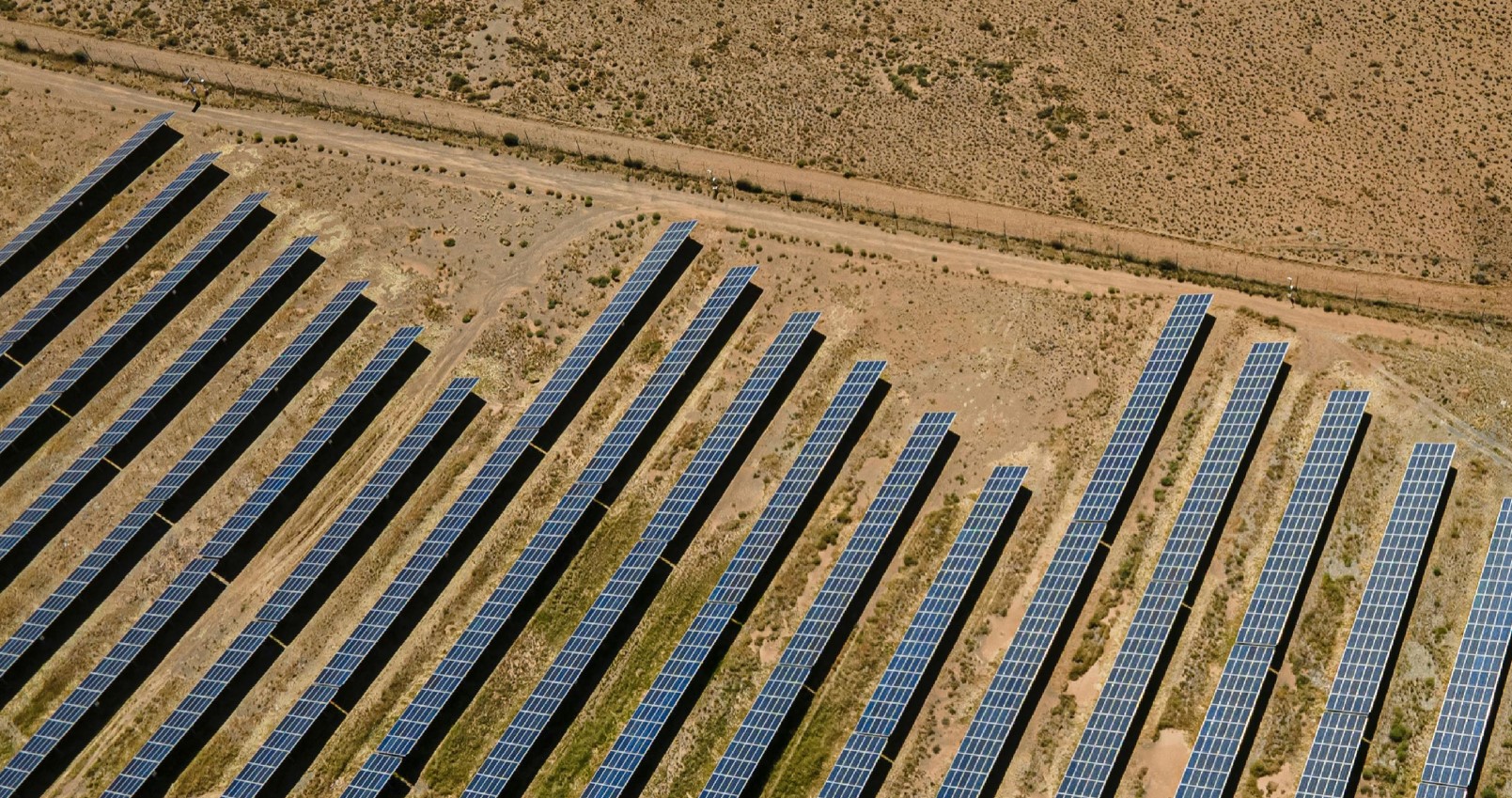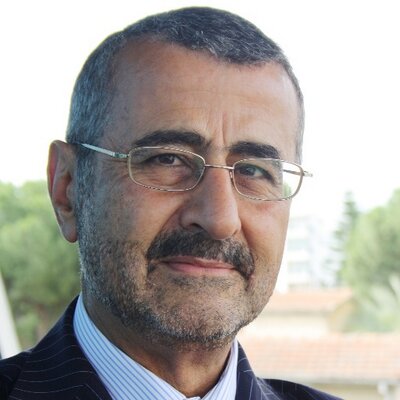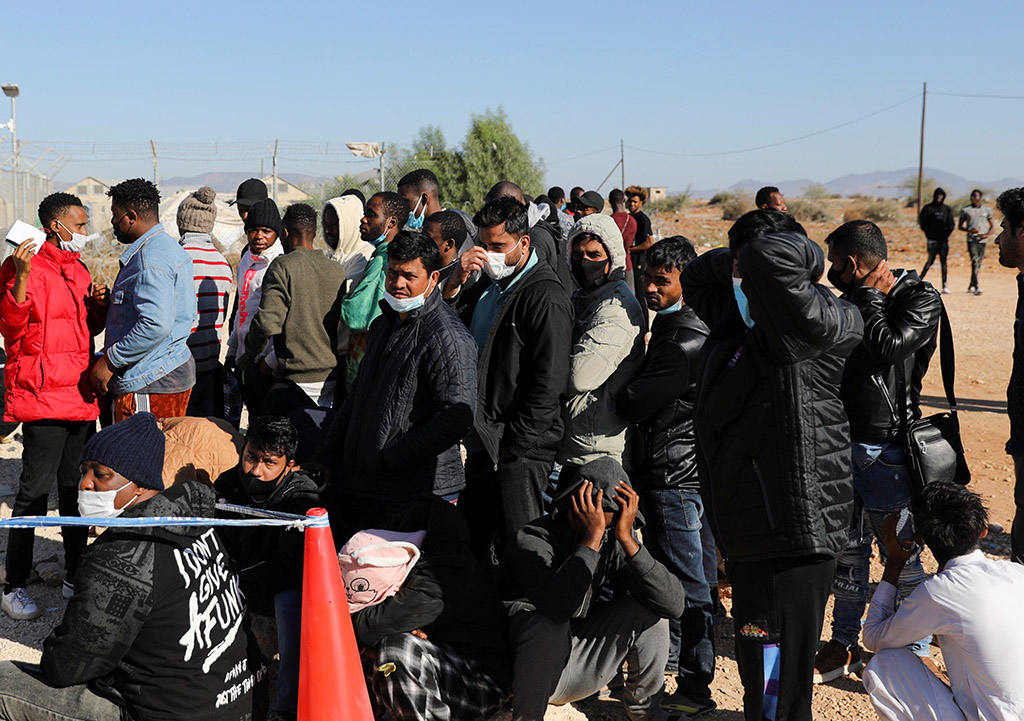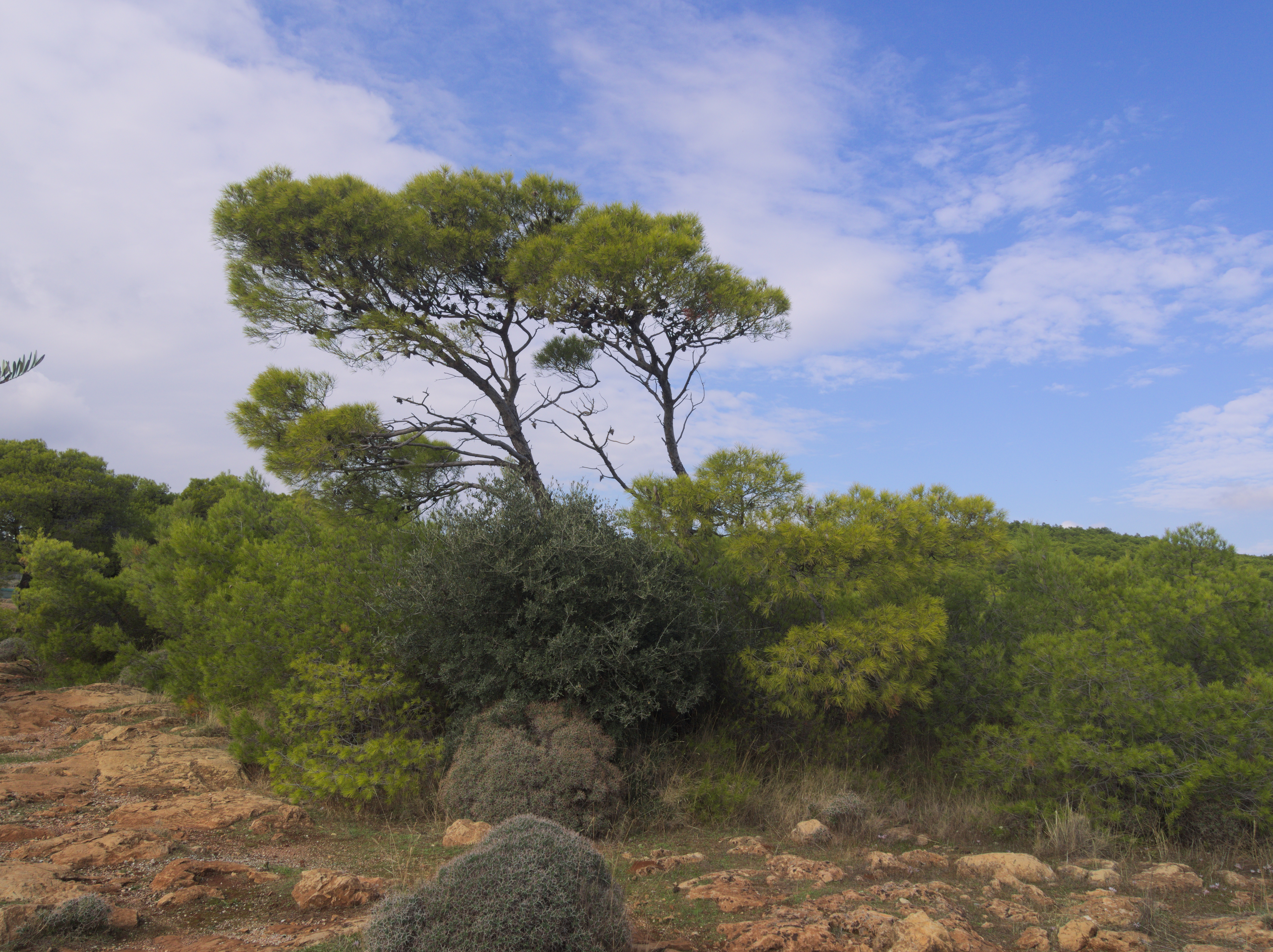This is focused on Cyprus, Egypt and Israel. All three countries have abundant renewable energy potential, especially solar. But so far success in harnessing it is mixed. Cyprus produced 24 per cent of its primary energy from solar andwind in 2024, Egypt only 5 per cent and Israel 14 per cent. Cyprus’ target is to achieve 33 per cent renewables by 2030, Egypt 42 per cent and Israel 30 per cent.
Both Cyprus and Israel are committed to achieving net-zero by 2050, but not Egypt.
So, what challenges are they facing in unlocking this potential, what are they doing about it and what do they need to do to achieve that?
Lets start with Cyprus.
As a member state, Cyprus must adhere to EU’s clean energy policies and targets. That said, it is struggling progressing energy transition.
It has the highest emissions per capita in the EU, mostly because 77 per cent of its power generation still comes from burning HFO/diesel. In 2024, it ranked a disappointing 24th in the EU in terms of renewable electricity generation.
Following numerous attempts since 2005 to import LNG to replace HFO, Cyprus now hopes that this might happen next year. It would be the first step towards lowering emissions and bringing-down crippling electricity prices that are the sixth most-expensive in Europe.
But where Cyprus has the potential, and must do more, is in expanding solar power generation. The blockers to this are:
- Lack of battery storage
- No interconnections with neighbouring countries
- Outdated electricity grid
The lack of battery storage led to a 30 per cent curtailment of renewable electricity last year and more is expected this year. A beginning is being made to introduce battery storage, but it will take time to achieve the required scale. It also remains to be seen if renewables owners will be prepared to invest in batteries. Their preference so far has been to leave it to the state.
The announcement this week of the adoption of a competitive electricity market is not a panacea. It has a long-way to go until it becomes fit-for-purpose.
The Great Sea Interconnector between Cyprus and Crete, with a possible extension to Israel, is considered to be crucial to bolstering the renewables sector in Cyprus. But it has run into problems due to Turkey’s unreasonable demands and intimidation.
A government initiative to increase adoption of rooftop solar made a good start, but it is now running into problems because of solar power curtailment, causing public anger.
All-in-all, Cyprus is stuttering forward in terms of unlocking its renewable energy potential. It needs to:
- Develop energy storage to the required scale
- Modernise its grid
- Expand interconnectivity and renewable energy infrastructure
- Establish a truly competitive electricity market
supported by pragmatic long-term planning and consistent and transparent policies and practices.
The tools to achieve this are available through European policies and regulations. What is urgent is their factual adoption and implementation.
What about Egypt?
Egypt’s economy is in dire straits. Its national government debt reached $262 billion last year, with interest and loan repayments making-up 62 per cent of government annual spending, worsening its serious balance of payments crisis.
Energy is a national security issue in Egypt. Its fast-declining gas production, forcing it to stop LNG exports and increasing dependence on LNG imports, is making its economy more vulnerable, limiting its ability to invest in renewables. As a result, it faces serious challenges in unlocking its renewable energy potential.
High upfront renewable energy project costs, exacerbated by limited access to affordable financing, deter government and private sector investment.
Its electricity grid infrastructure is aging and struggles to integrate intermittent renewable energy sources. Limited grid connectivity adds to the challenges.
Another major challenge is that subsidized fossil fuels reduce incentives to transition to renewables.
Regional instability and geopolitical concerns are also disrupting energy cooperation and investment. Complex, outdated and inconsistent regulations and bureaucratic inefficiencies are making things even more difficult.
On the positive side, the government appears to recognise these challenges and is making efforts to deal with them.
Its ‘Vision 2030’ plan targets 42 per cent renewables in the electricity mix by 2030, even though experience so far shows that this is hopelessly unrealistic.
Where Egypt is doing well is in terms of partnerships with international renewable energy project funding agencies. This led to the successful construction of the 1.8GW Benban Solar Park and a number of wind farms totaling 1.4GW capacity.
But there is still a mountain to climb. Egypt needs to:
- Develop realistic long-term energy plans
- Strengthen its regulatory framework and simplify licensing and approval of renewable energy projects
- Eliminate fossil fuel subsidies
- Modernise its grid infrastructure and invest in energy storage
- Strengthen energy interconnectivity with its neighbours and Europe.
- Enhance cooperation with international renewable energy investors and make it easier to attract financing
and similarly to Cyprus, ensure consistent and transparent policies and practices to attract foreign and private investment.
By addressing these challenges through strategic reforms, Egypt can open-up its renewable energy sector and enhance its challenging energy security.
Israel is doing better
But its major problem is limited land availability. Coupled with stringent environmental constraints, it leads to lengthy approval processes for new energy projects, discouraging private sector investment.
At present, following the discovery of major gas-fields such as Leviathan and Tamar, Israel relies heavily on gas for its energy. This is also driven by heightened energy security concerns and a perception that intermittent renewables are less reliable.
On the positive side, it is well on the way to phasing-out coal in power generation. It is also increasing investments in solar farms and rooftop solar, aiming to achieve 16GW of installed solar capacity by 2030. Israel has already awarded contracts to install 1.5GW battery storage capacity and is committed to installation of home storage battery systems.
What needs to be done? Key is to expand land-use for renewables and make wider use of the Negev desert. A good example of the latter is the 121MW Ashalim solar thermal power plant.
Israel needs to increase public awareness and promote community renewable energy projects to enhance public buy-in. In this respect, it has recognised the potential of agrivoltaics, that combine agriculture and solar energy generation. It is piloting two such plants.
Interconnectivity is also an issue, hence the strong interest of the country to join the GSI project, that could also enhance its energy security.
Similarly to Cyprus and Egypt, Israel needs to provide clear, long-term, renewable energy policies to encourage private investment.
Clearly, all three countries have strong renewable energy potential and even though they face challenges in unlocking it, huge benefits can be realized if they do so. I have outlined what needs to be done to achieve that.







Click here to change your cookie preferences